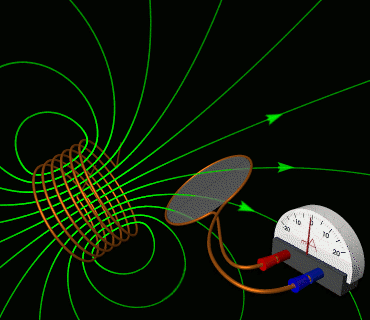PROPULSION OF ROCKET

The principle of rocket propulsion works on the ' Newton's Third Law of Motion '. It states that for every action, there is an equal and opposite reaction'. As far as the rocket is concerned, the engine of the rocket releases hot burning fuel in the downward direction Rocket works on the principle of conservation of momentum . Rocket ejaculates gases in backward direction which creates momentum of the gases backwards and thus by conservation of momentum, the rocket gets momentum in the forward direction making it move forward. when the rocket is released the pressure inside the body decreases as the speed increases and launches the rocket upwards There are four major systems in a full scale rocket; Structural system. Payload system. Guidance system. Propulsion system . Blog Posted By Sri J.Jagan Rupchand. M.E., Lecturer / EEE




